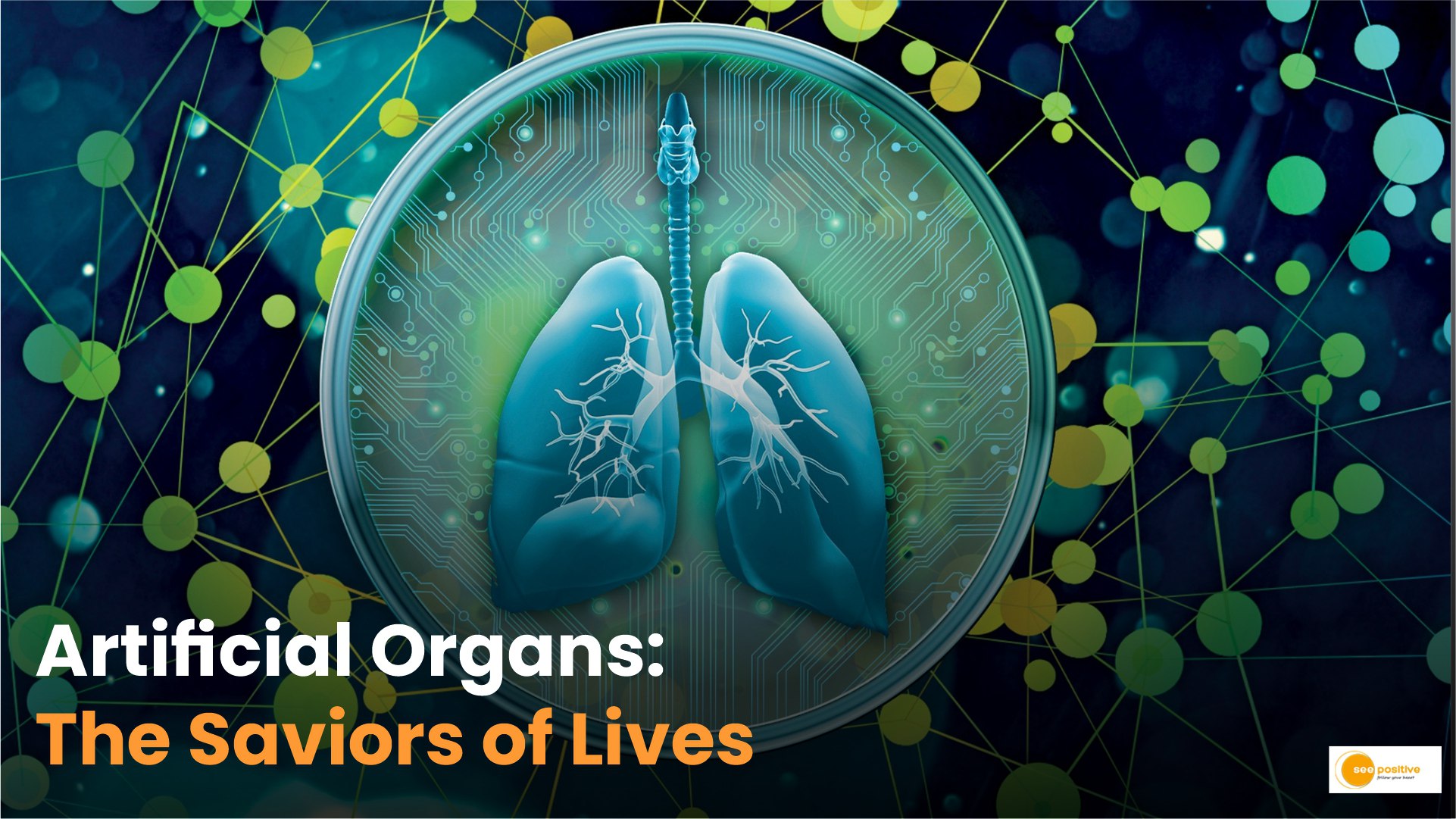Artificial Organs: Artificial organs are giving hope to people who once had little chance of survival. These medical marvels are designed to replace organs in the body that no longer work. When natural organs fail, artificial ones can take over. This technology is improving and saving lives every day.
How Artificial Organs Help
When an organ fails, the body cannot function properly. Some people may need transplants, but there aren’t enough donors for everyone. Artificial organs can fill this gap. They can keep patients alive until they get a transplant, or even replace the organ permanently. This technology can make a huge difference for people with severe diseases or injuries.
Types of Artificial Organs
Today, several artificial organs are available. Here’s a look at some of the most common ones:
1. Artificial Heart
An artificial heart can keep blood pumping when the heart stops working. Some people get a full artificial heart, while others get a heart pump, also called a ventricular assist device (VAD), to support their heart function. It helps patients with heart disease live longer and feel healthier.
2. Artificial Lungs
Lung failure can be deadly, and artificial lungs can provide life-saving support. Machines like ECMO (Extracorporeal Membrane Oxygenation) help pump oxygen into the blood and remove carbon dioxide. This is often used for patients with severe lung disease or injury.
3. Artificial Kidney
When kidneys fail, they cannot remove waste from the blood. Artificial kidneys use dialysis to do this job. Patients with kidney disease often rely on dialysis machines for long-term treatment. Researchers are also working on implantable artificial kidneys that may work just like natural kidneys.
4. Artificial Pancreas
People with diabetes may benefit from an artificial pancreas. This device helps control blood sugar levels. It works by automatically adjusting insulin levels, which is essential for people with type 1 diabetes. An artificial pancreas can help patients manage diabetes better and live healthier lives.
5. Artificial Eyes (Bionic Eyes)
Bionic eyes can help some people with vision problems see again. These devices are still in development but can partially restore sight in some patients. They work by sending signals from a camera to the brain, helping people see light, shapes, and movement.
6. Artificial Limbs (Prosthetics)
Prosthetic arms and legs help people who have lost limbs regain movement. Modern prosthetics are highly advanced and can even connect to muscles or nerves, allowing for natural movement and better control. These devices improve mobility and independence for people with limb loss.
Future of Artificial Organs
Artificial organ technology continues to improve. Scientists and doctors are working to create even better devices, such as artificial livers and more advanced bionic eyes. As technology advances, artificial organs will become more effective and more widely available.
Conclusion
Artificial organs are transforming lives, giving hope to those who need it most. These life-saving devices are filling a critical need for patients whose organs have failed. With each new development, the future of artificial organs looks brighter, offering people a chance to live healthier, longer lives


